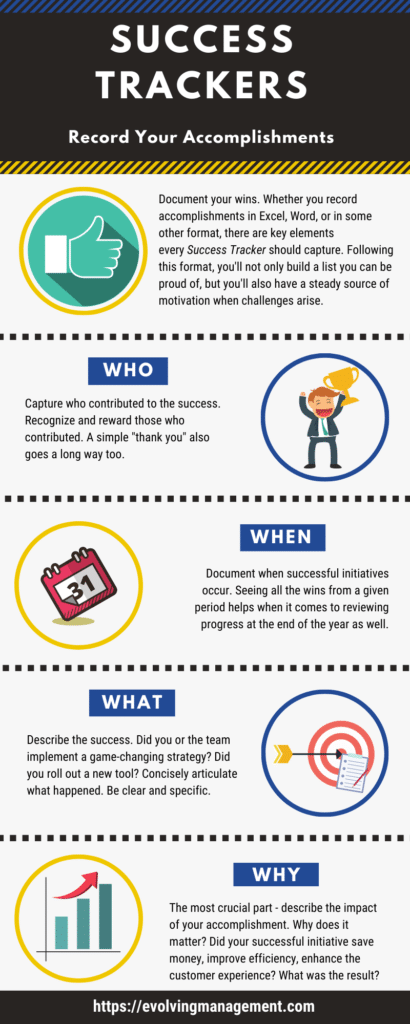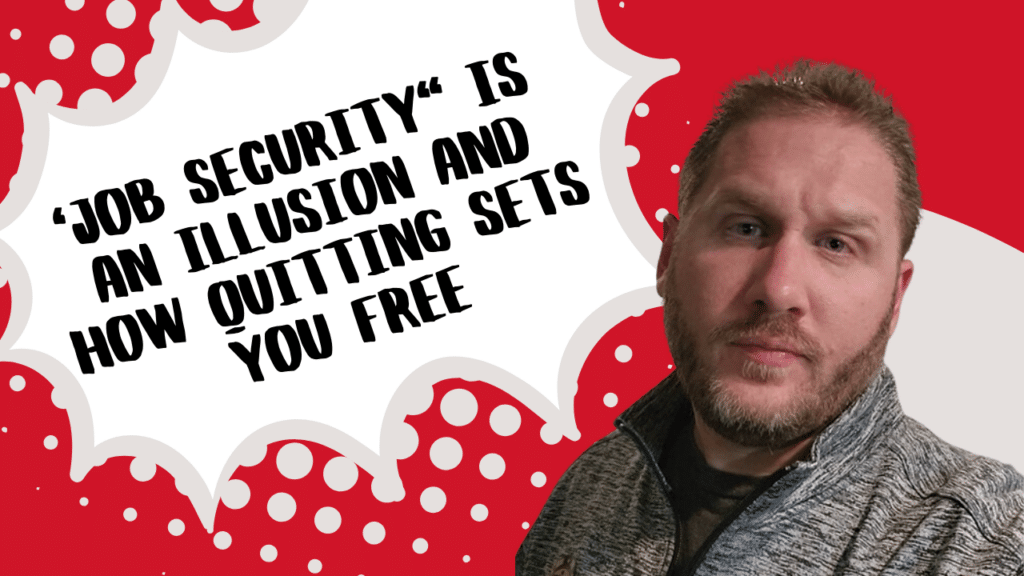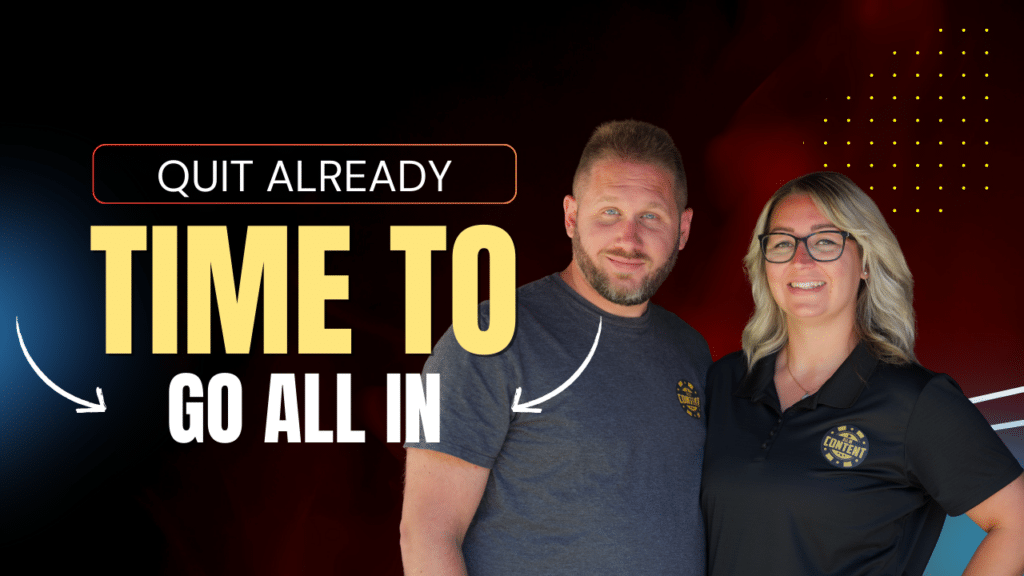Organizations are focusing more of their job interview questions on identifying specific competencies. The best predictor of future success is the past. During most interviews, you are likely to encounter “Tell me about a time when …” questions. Yes, these can and often are challenging questions requiring specific answers, asking you to reach back into your mind for the answer. For some, that might seem like a punch to the stomach, making you want to run for the exit, but don’t worry. There’s a way to ace your interview by having the right approach to answering these questions.
The STAR Interview Method
To produce outstanding and impressive answers to behavioral questions, the STAR Interview Method is the ultimate strategy. Think of this technique as a way to structure your answer to ensure that you maximize each response, giving the interviewer exactly what they want. This process curbs the chances of rambling, too, when answering job interview questions.
The STAR Interview Method is an acronym that stands for:
- Situation: Describe the essential details of your example, providing context
- Task: Describe what your specific responsibility was during the situation
- Action: Explain specifically what steps you took during the situation
- Result: During this part, you share specifically what happened in terms of your actions – what was the result?
Structuring your answers to questions in this format helps to ensure you give a focused and complete explanation.
Knowing the STAR Interview Method and Using It Are Two Different Things

Lots of people have heard of the STAR Interview Method, but trust me, many fail to use it effectively. To ensure you are using it the right way, you need to prep in a few areas. You must select an appropriate example to share that best answers the interview question. In advance of the interview, it’s best to review your work experiences and re-familiarize yourself with stories that you can share. I always recommend that people keep a “Success Tracker” up to date to help with that. Learn more with the following infographic.
Next, context is essential, but be concise. Some people are not good at sharing stories. Be specific, but not too detailed with providing the backstory, when setting the scene, describing a situation. You want to paint a clear picture without losing the interviewer. Sometimes some people give way too much information, losing people with overly long attempts to set the stage.
Next, highlight what you specifically did during the example. I don’t want to hear about what the team did. I want to know what your role was during the situation. Far too many people go high-level and generic when answering job interview questions. When I dive deeper with probing questions, I usually learn that the person’s role wasn’t as significant as they deemed. Focus intently on sharing what you did or contributed during the situation. Once you have explained your specific role, you need to articulate what you did, how, and why. What steps did you take? Don’t be vague or gloss over answers, as that’s the easiest way to lose the interviewer too.
Lastly, share the result. Here is your opportunity to tie everything together and shine. How did what you do help improve the team, the organization, or the situation? Like any great story or movie, there needs to be an ending. What was the payoff for the listener? What happened, and more importantly, why does it matter? Did you improve customer satisfaction or generate new levels of growth? Why something matters is essential.
Putting it All Together Answering Job Interview Questions
I hope this makes sense. To help, here is an example to provide some additional clarification:
Interviewer Question: “Tell me about a time you led a team to improve overall performance.”
- Situation: “In my last role, I was leading a technical support team that was struggling with achieving their customer satisfaction target. Operationally, the team wasn’t answering customer interactions promptly.”
- Task: “The team’s target was to answer 85% of their phone and chat interactions within 90 seconds, yet they were far below expectations. The goal was to improve operational performance to meet the target and improve the customer experience consistently.”
- Action: “To that, I had to understand what was stopping the team from answering interactions efficiently. First, I shadowed with team members to understand how they worked. During my shadowing, I learned that the queuing system wasn’t optimized to route interactions to the right team members with the correct skillset. I also found that the team was bogged down with more straightforward interactions that customers could solve themselves. With that in mind, I developed an updated process workflow to route interactions to the correct team members upon the first contact. Additionally, I created a project team to develop Frequently Asked Questions and YouTube support videos to help deflect more straightforward interactions, allowing more value-added work for the team.
- Result: As a result, implementing an updated process workflow saw an immediate improvement to service levels within one week. With the right structure and system optimized, the team now consistently meets and exceeds response time expectations. Efforts to produce self-service content for customers has also reduced interactions by 25% overall, leaving the team with more time for more challenging interactions. Customer satisfaction also increased by 15% with new operational capabilities. The results were so good, in fact, that the team was recently recognized as the ‘Best Small Contact Center’ in the world.
Behavioral Based Job Interview Questions
Now that you have learned the STAR Interview Method, you need to prep for the types of questions you might be asked. With a little practice, answering questions following this technique will become second nature. In my e-book, I will provide you with many different interview questions that you could apply using the STAR Interview Method. The goal isn’t to memorize answers for each question, though. I have included 50+ of the top competencies, along with hundreds of questions for you to use. Depending on the role, some of these competencies will be what an interviewer is looking for you to demonstrate.
Use these questions as your ultimate prep material for any interviews. Using the STAR Interview Method, try to anticipate which questions are most applicable to the role you are applying to, and answer them. Even if they don’t ask the specific question, preparing for them will help ensure you are ready with examples relevant and recent.
Clear and Concise Answers
When responding to interview questions, you will also want to be sure that you are both clear and concise. Far too many candidates ramble on, trying to fill the dead air while the interviewer is writing notes. The more that one talks, the more likely they are to say something that hurts rather than helps them. You must listen carefully to the question being asked and answer it. Nothing more, or you run the risk of rambling and losing the attention of the interviewer. Trust me; I’ve been there.
It’s not uncommon for an interviewer to zone out while a candidate goes on and on answering a question. Aim to answer a question in less than 30-60 seconds. Attention spans are shrinking, so if you can be closer to 30 seconds, that would be preferred too. Doing so will allow the interviewer to probe and ask you follow up questions also. If you run on, they will have moments where they might want to interrupt but won’t. Communicate clearly and concisely, and you will stand a much better chance during your interview.
For a regular dose of advice, tips, and tricks, follow me or my podcast, The Chris Hanna Show, on Twitter, Instagram, and LinkedIn, or visit Evolving Management for more solutions. Let’s connect.








